Willam Tyndale
Architect DaeWha Kang took Highbury Fields as a setting for consideration of how it might be transformed and re-purposed to retain its community focus while coping with the extreme weather conditions of the climate crisis. The project started with a visit to Highbury Fields and a close analysis of how it currently functions ecologically and socially and how it serves the needs of the local community. Three student concepts were selected for elaboration and DaeWha returned to the school with fully animated CGI walk throughs of each student concept.
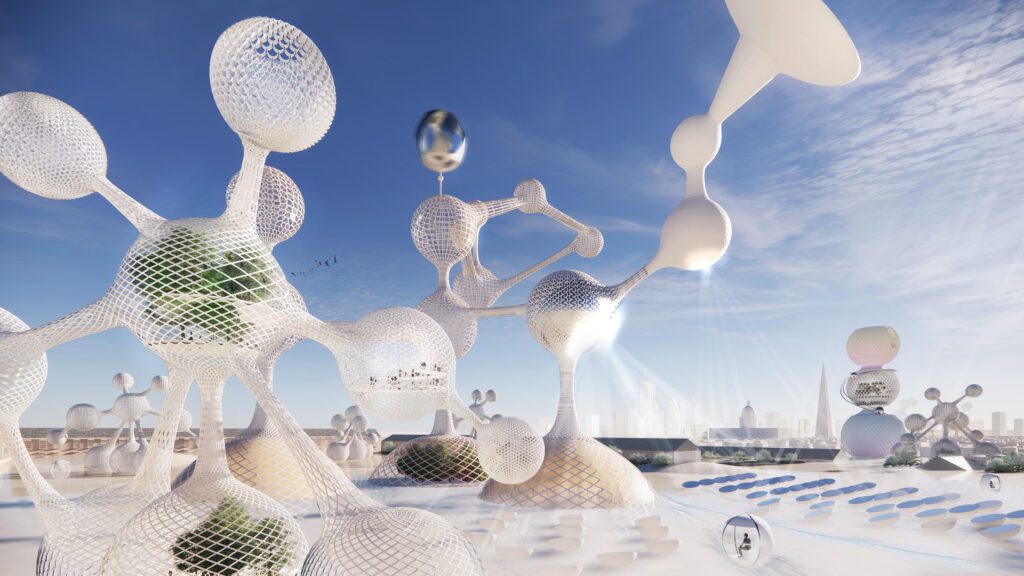


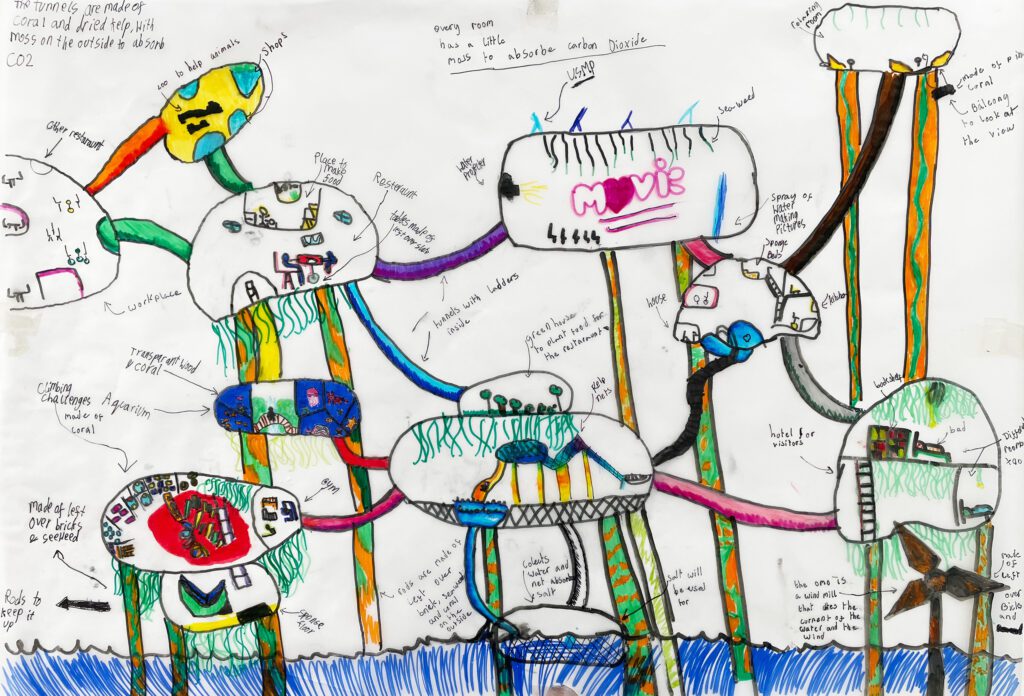
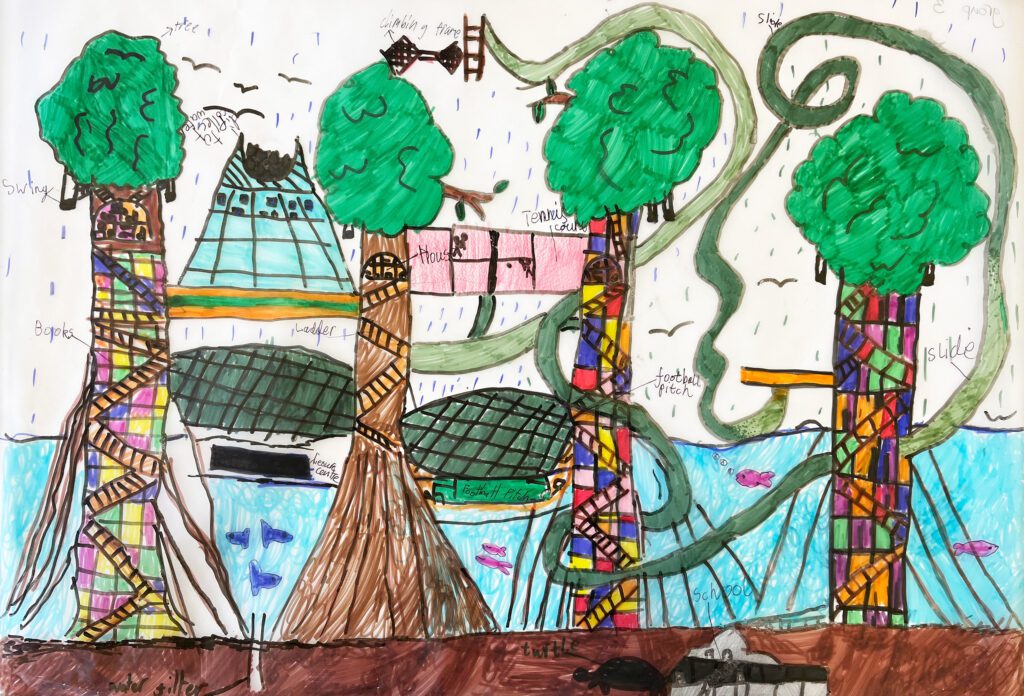
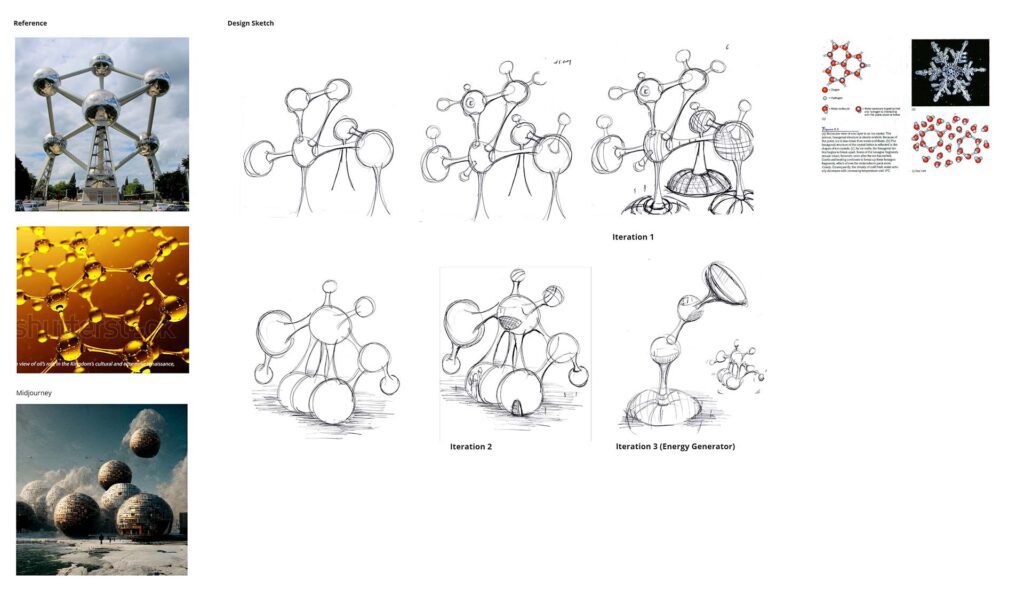



Springfield
Community landscape futures
Landscape designer and educator Tom Kendall of Wayward focused on extra-ordinary ecology and landscapes based on close understanding of interconnected eco-systems and how plants and animals adapt to their changing environments over time. With these changes needing to accelerate in response to the climate crisis he asked his students to imagine how current species might mutate and adapt to cope with the future. The results are set out in two codices: Improbable Botany and Unlikely Animals.

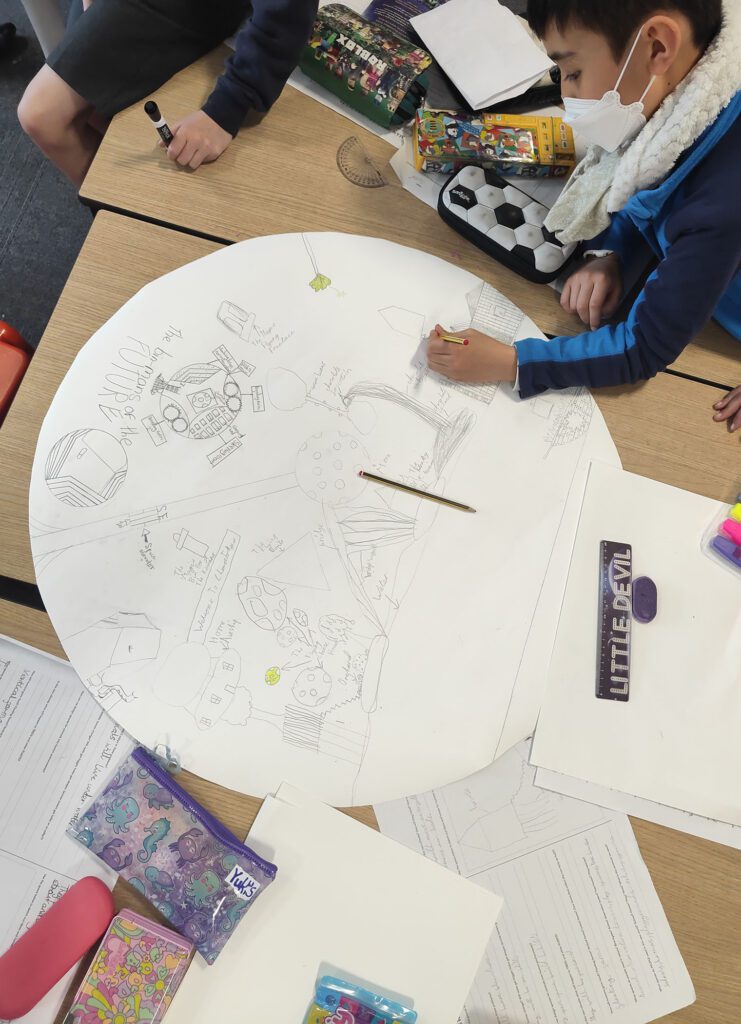

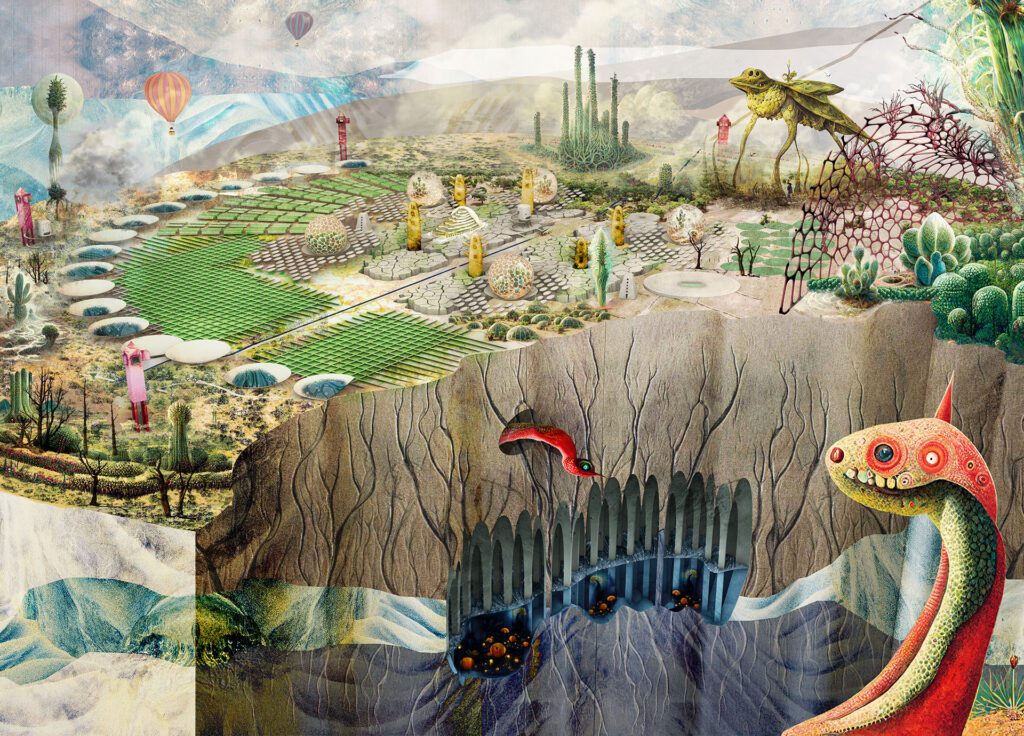

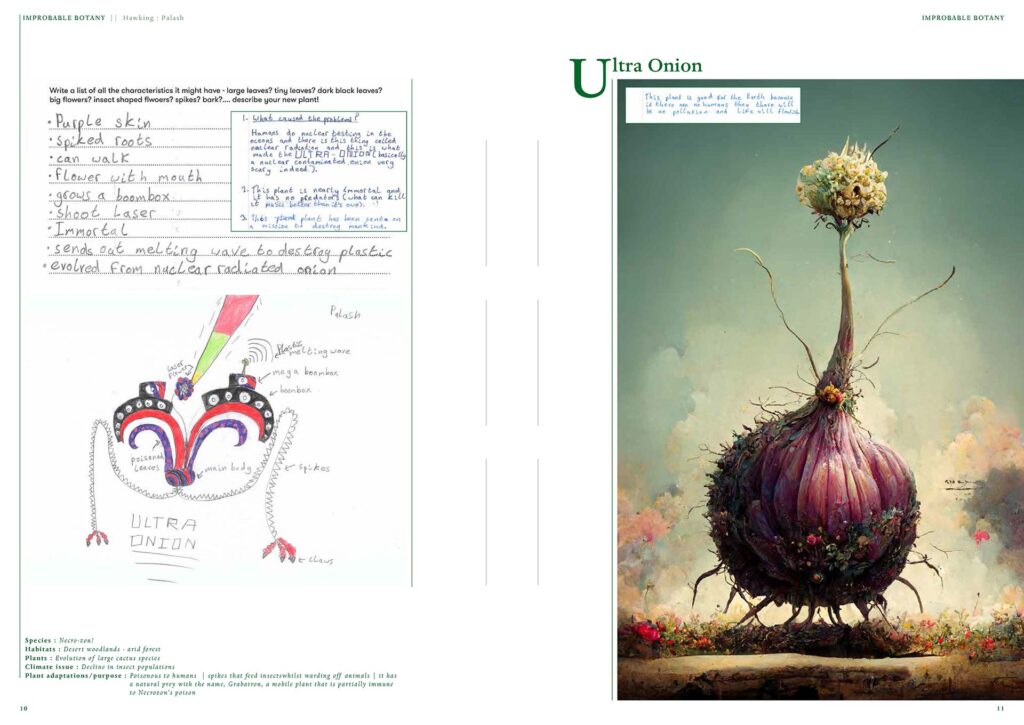



“Having these 90 brains, giving you so much information – so many amazing visuals, the quality of some of the drawings, the detail… the world they have created, they are so inspiring” Thomas Kendall, designer
“It’s taught us about how plants are very cool and we need to look after them. They’re helping the planet and we’re chopping them and taking them and doing bad things to the plants” Student, Springfield Primary School
Coppermill
Walthamstow community futures
Architect and technologist Xavier de Kestelier of Hassell Studio focused on sustainable housing in a local community context in his programme with Coppermill Primary School.
The children were first set the task of designing their own house, in 2050 when they would be adults maybe with children of their own. Again, they we given the choice of three climate extremes: hot, cold and wet. They then set them in the wider community. They considered materials choice, carbon free energy sources, and community infrastructure.
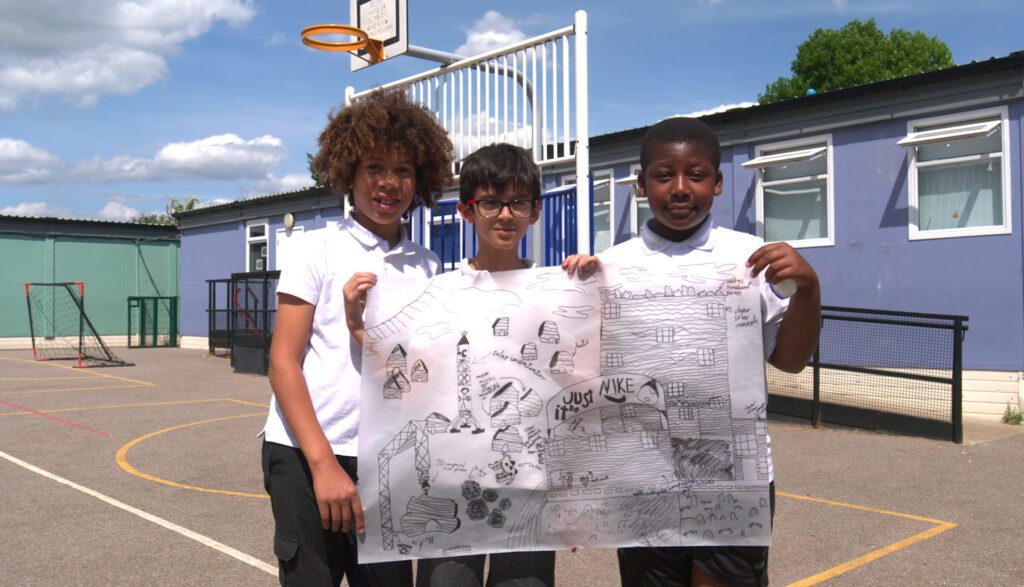



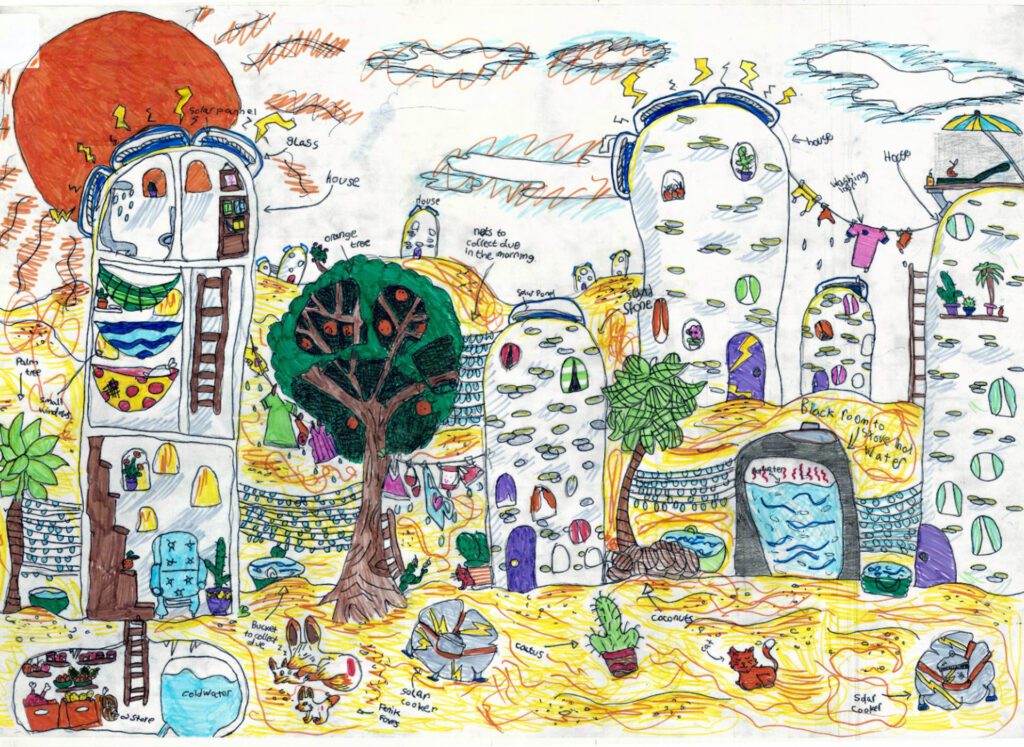
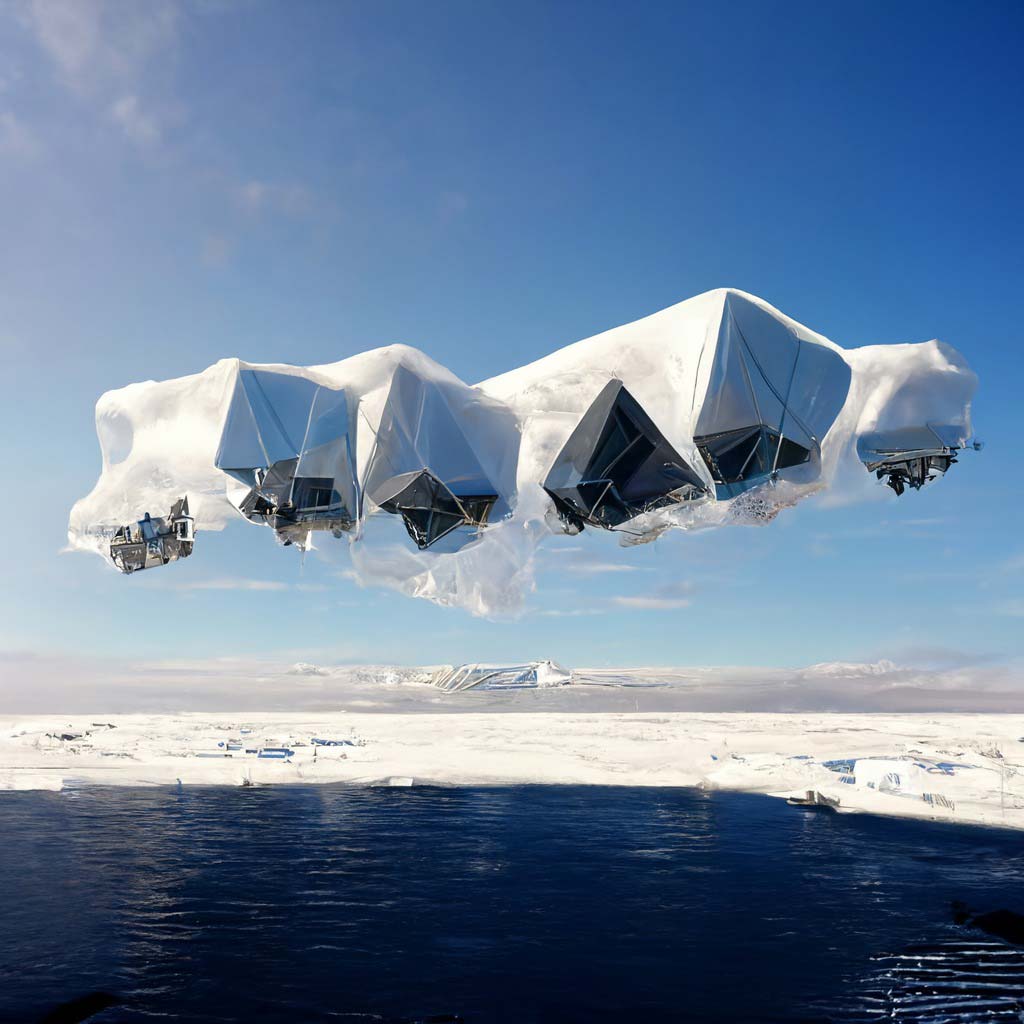
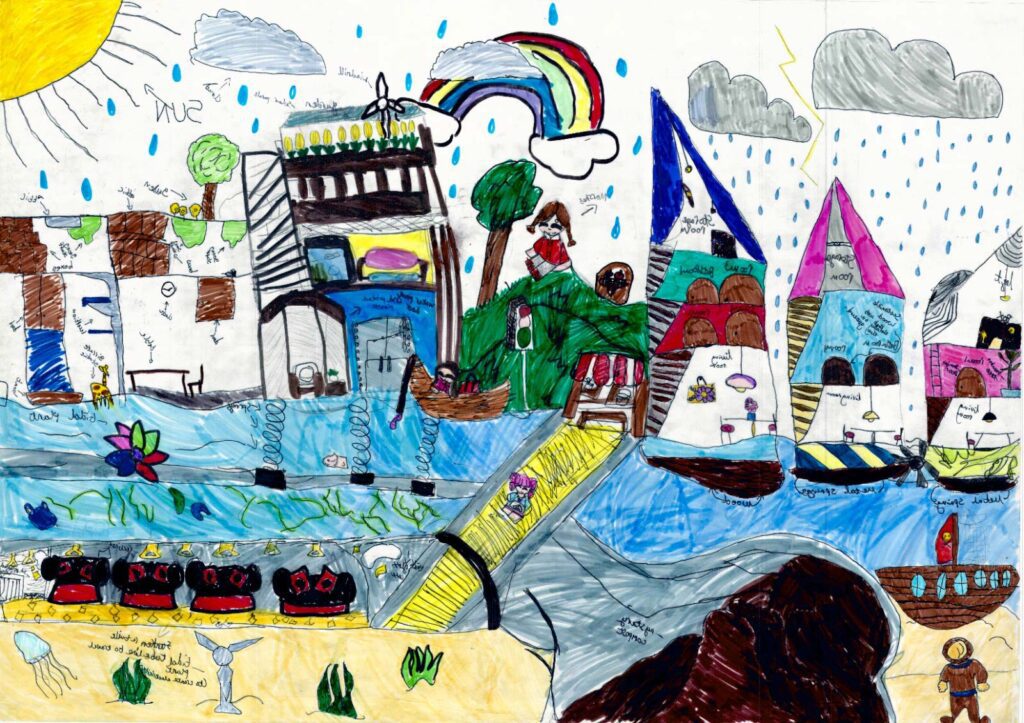


“I’ve learned a lot of sustainable materials – a lot of places we can get electricity. They’ve actually been really fun too. It was a lot better than I was hoping it to be” Student, Coppermill Primary School
“My simple drawing became a really cool piece of art” Student, Coppermill Primary School
What has been fantastic working with the children here, is that they were actually way cleverer than I thought. They were really complicated concepts that I tried to teach them – like embedded carbon; operational carbon in buildings. They understood it. They are actually working with these concepts now” Xavier de Kestelier, designer
Ordsall
Fashion futures
Interdisciplinary sustainable fashion designer Aurelie Fontan of Aurelie Fontan Studio worked with Year 5 students at Ordsall Primary School in Retford on a fashion-focused challenge.
The children designed clothing for a speculative client set in 2050, imagining different climate scenarios – a desert, an ice-age, a waterworld. German designer, Taskin, joined Aurelie to work up CGIs of the children’s concepts and another friend modelled another outfit.
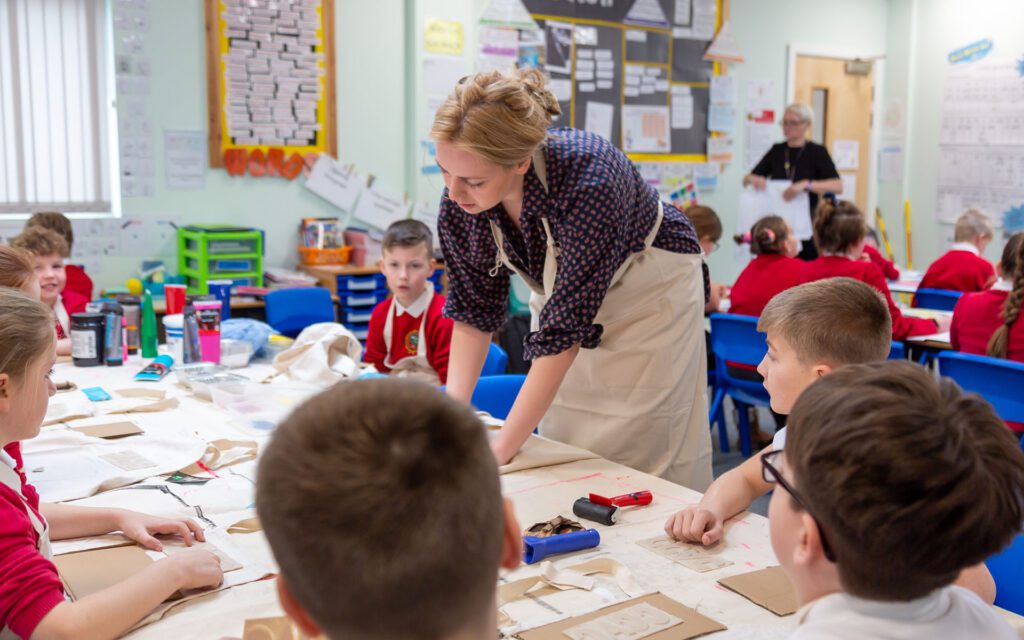
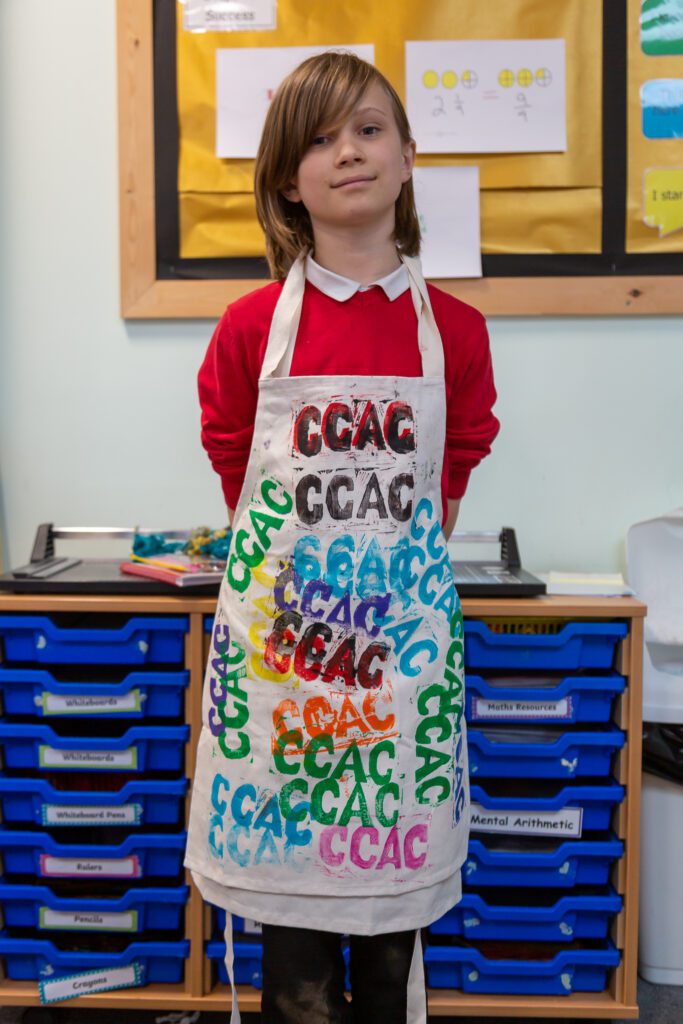
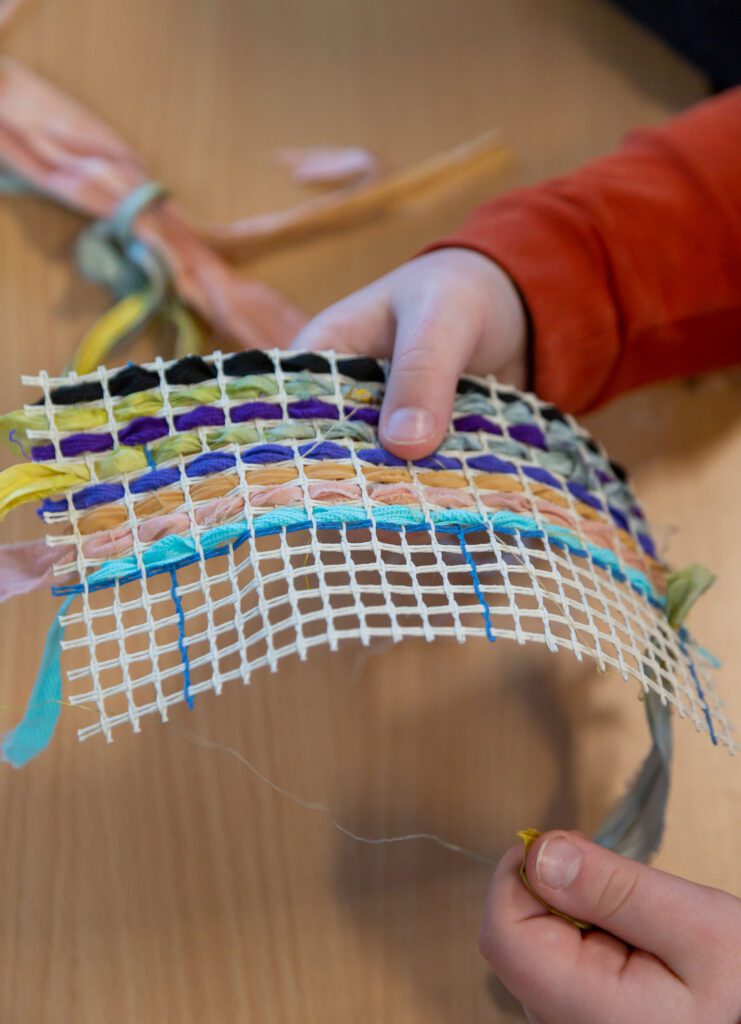



“Aurelie has been coming into our class every Tuesday or Wednesday. We’ve been doing things like knitting and weaving, dyeing and creating some aprons” Student, Ordsall Primary School
“It’s been really fun learning about new materials” Student, Ordsall Primary School
“The project is really focused on finding the voice of the children so trying to extract their personality to this project which is really creative” Aurelie Fontan, designer
Ashton Gate
Forest futures
Jack Cardno and Finbar Charleson of Sylva Design/dRMM worked with the children on the intersection between architecture and forestry.
The programme included a trip to the local forest to observe the natural habitats and create dens for animals. The children learnt about timber construction through practical workshops, at first using found objects and then modelling materials to make maquettes of potential buildings. .
The children were then challenged to create concepts for a local low lying area of Bristol subject to rising sea levels set in 25 years time in extreme climates.
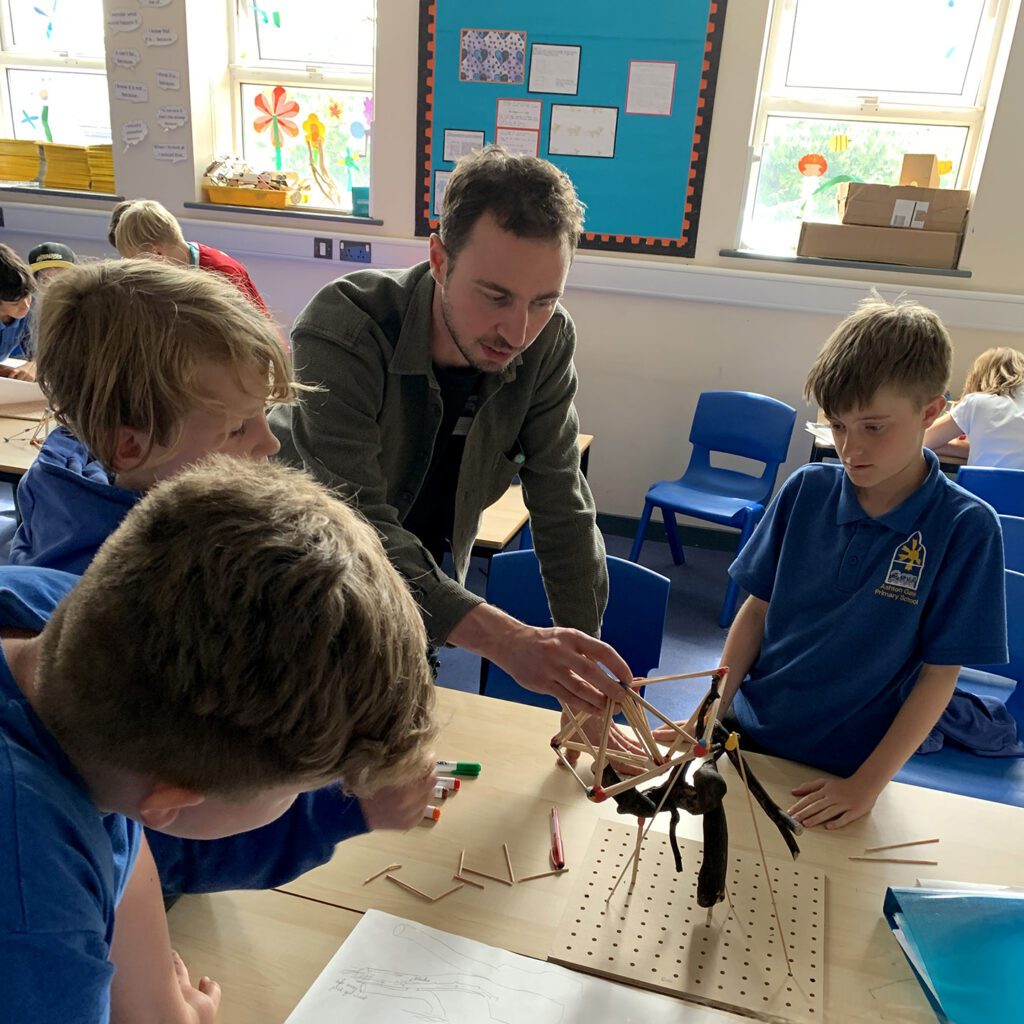
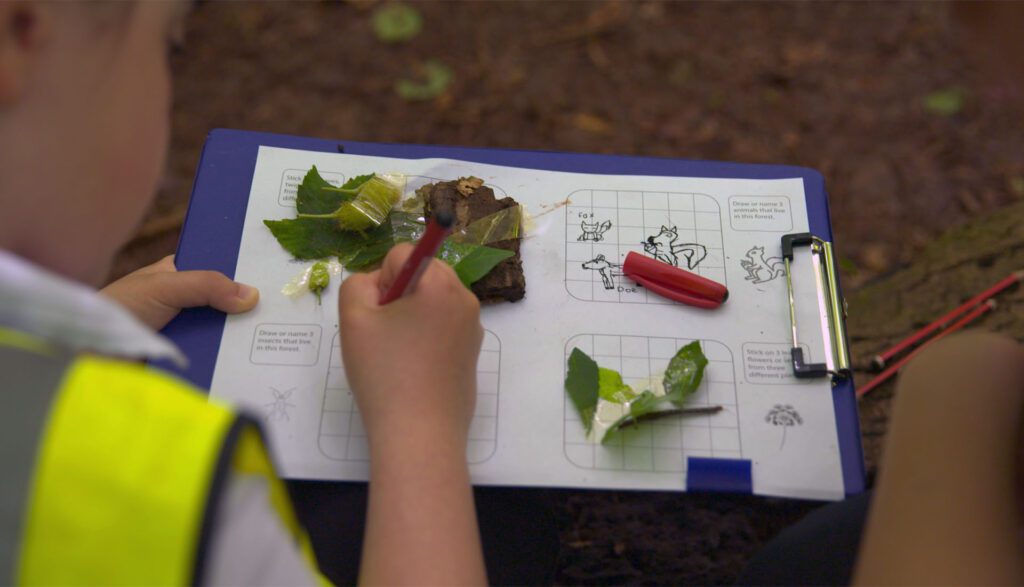
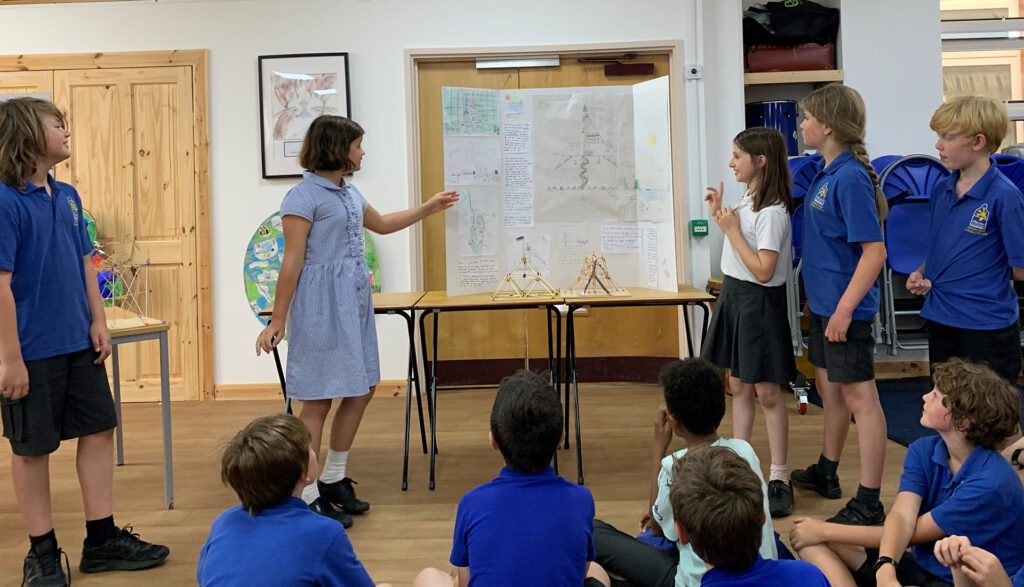
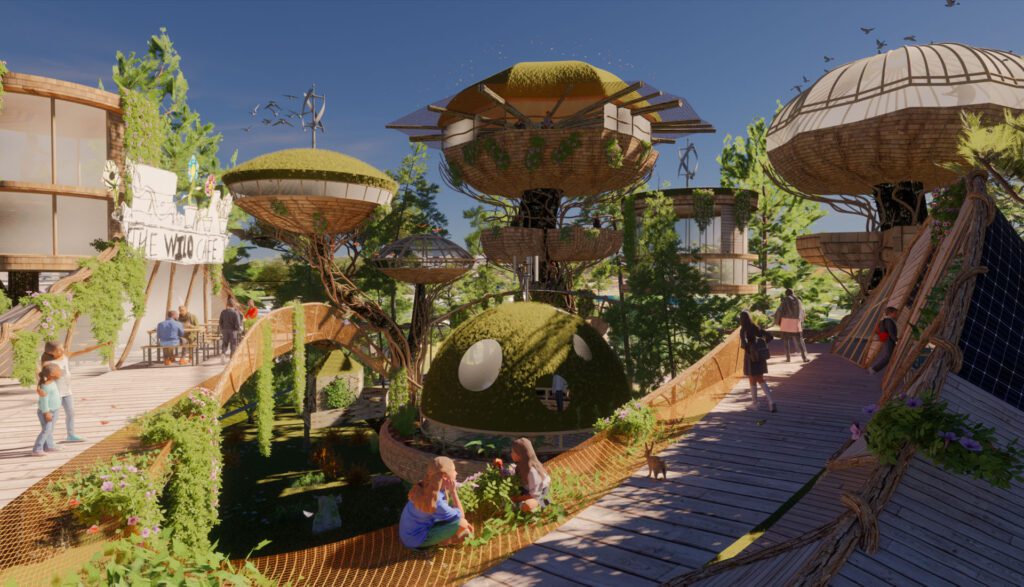

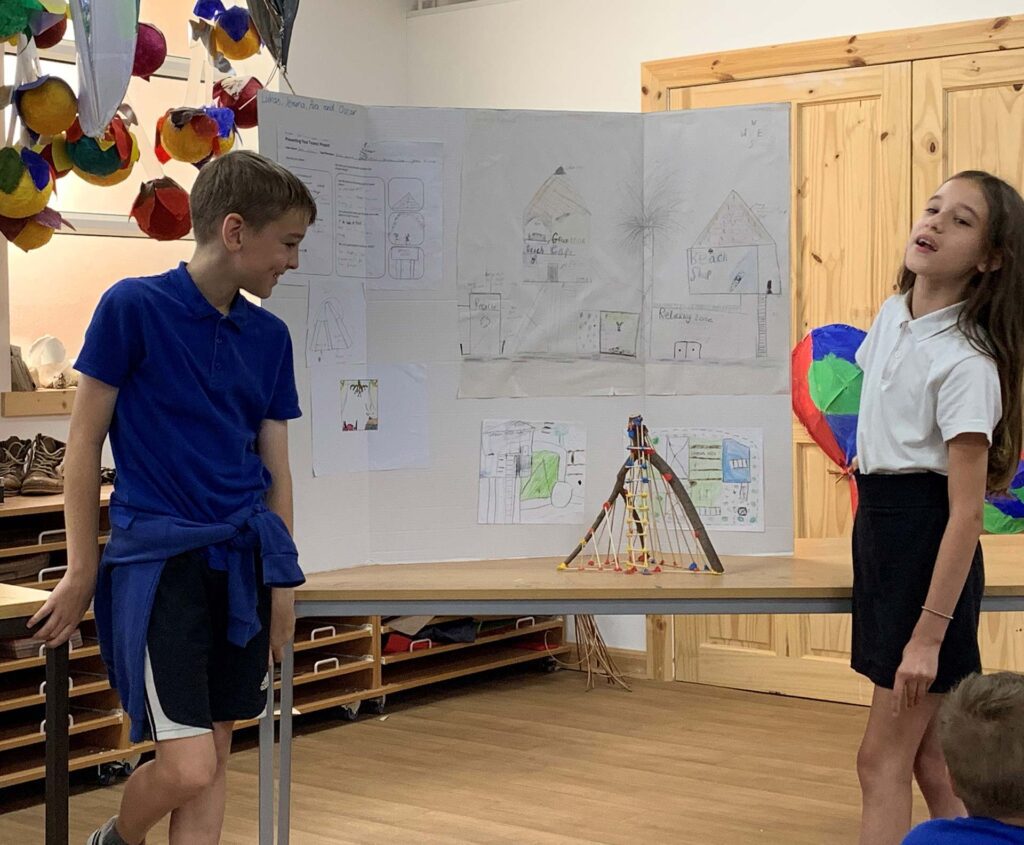


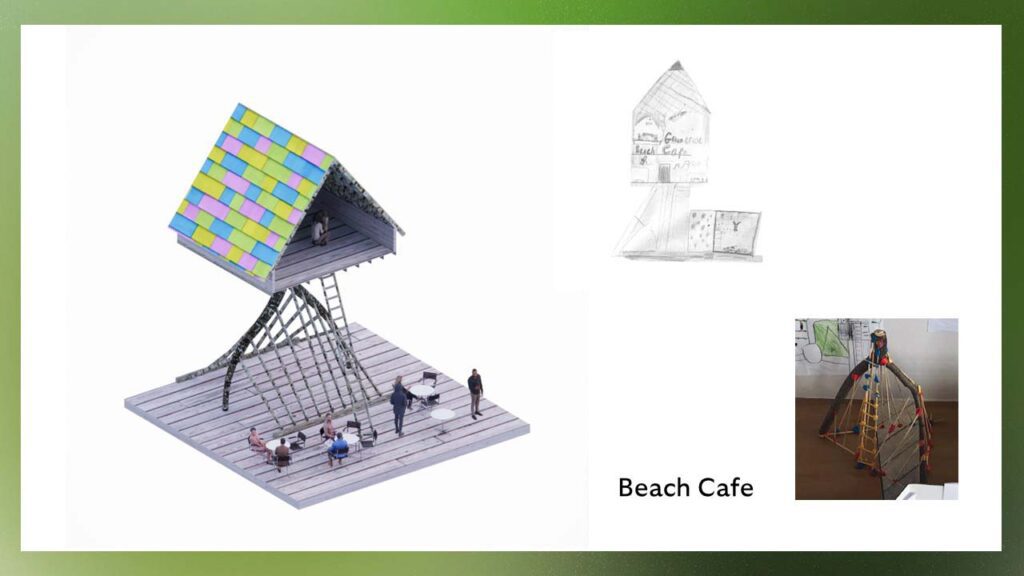
“Architecture can help in different places – be it warmer and cooler. Different foundations for the buildings can help with that” Student, Ashton Gate
“[The children] had these incredible ideas for climate change adaptation and mitigation” Finbar Charleson